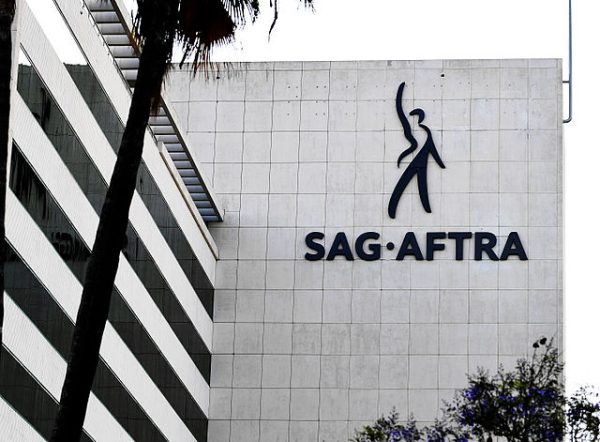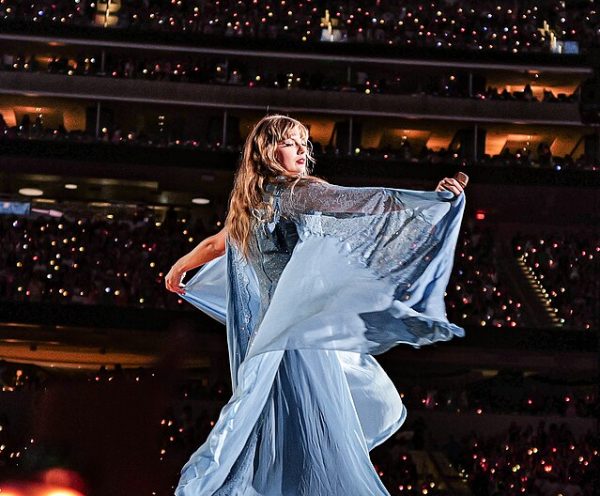‘Mulan’ falls short in modern remake
September 23, 2020
“Mulan” is an animated film from 1998 that tells the story of Mulan, a Chinese woman who takes her father’s place in the Chinese military when the Huns attack. However, she must disguise herself as a man to do so. Along with her guardian dragon, Mushu, and a cast of interesting characters from the army, she plays a pivotal role in defeating the Huns and saving China. The film features a few songs and places heavy importance on the brutality of war.
Now, “Mulan” has received the live-action treatment and was released a few weeks ago on Disney+. Director Niki Caro wanted the remake to be very realistic, as well as remain true to the original legend of Mulan. I found this odd. While it makes sense that she would want to go off of legend, most people probably wouldn’t know nearly as much about it as they do with the 1998 film. I found “Mulan” to be a pretty rough watch that seems to drag on without any of the heart and humor original fans know and love.
Among the greatest of the changes made for the live-action remake included a new villain, as well as the removal of the musical numbers and crowd favorite Mushu the dragon, and the addition of Mulan’s sister. Instead of the frightening Hun Shan Yu, we have the stagnant and uninteresting villain Bori Khan, who teams up with Xianniang, a witch who can shapeshift. There are also some changes to some of the most memorable scenes in the original film.
The iconic Matchmaker scene in which Mulan unsuccessfully tries to keep her grandmother’s lucky cricket subdued during her meeting with the Matchmaker, has been altered for the worse. Not only was the original scene comical, as we see the Matchmaker smear ink on her face, spill scalding tea on herself, and sit on hot coals, but it also reinforces the conflict that Mulan cannot bring her family honor.
However, in the remake, the scene is just very tense. A spider crawls onto the table and Mulan appears unable to simply point it out to the Matchmaker. Her sister’s fear of spiders, which is weakly introduced a few scenes prior, leads her to upend the table, and Mulan catches falling teapot and cups for a moment before they all fall to the ground. This scene shows how nimble and quick-thinking Mulan is, but that’s already shown at the beginning of the movie when a young Mulan uses a roof to get a chicken into its pen. The original Matchmaker scene was so funny mainly because we got to see the Matchmaker, a pretty nasty woman, get hurt. But without that, the new scene has barely a scent of comedy and instead just feels disappointingly tense, with very little resemblance to the iconic original scene.
There’s also fundamental changes to some key action set pieces. In the original, Mulan uses a flare meant to kill Shan Yu to cause an avalanche on a snowy mountain in the dead of winter. In the remake, Mulan tricks the enemy army into thinking that the Chinese have moved to the mountains behind them, leading them to fire a flaming stone into its snowy side. While both are pretty visually stunning, Mulan’s cleverness and quick thinking are shown much better in the original scene. Along with that, the final fight scene between Mulan and Shan Yu in the Imperial Palace from the original is traded in for a sword fight between Mulan and Bori Khan on some scaffolding. While both are exciting, the remake feels much less climactic than the original.
While the original supporting characters are still there in the remake, a lack of depth in the way they are written makes them feel absent. The original’s Yao, Ling, and Chien-Po are all very distinct individuals. The differences in appearance and personality are very clear and obvious, making them interesting, comical characters. However, in the remake, these three characters feel flat, one-dimensional, and have no significant traits that set them apart from one another. Cri-Kee, the good-luck cricket, is replaced with Cricket, a feeble soldier incapable of sticking up for himself. Li Shang, the army’s brave, by-the-book Captain, plays a pivotal role in the original as he falls in love with Mulan and grows softer. He has an interesting internal conflict as he struggles to be the military man his father wants him to be. He is completely changed for the remake. His military status is gone as he becomes just another member of the army. The army is led by Commander Tung instead, who winds up impacting Mulan more than Shang Li.
These character changes are certainly not helped by bad acting. Every single one of the aforementioned characters are pretty poorly played, with the exception of Commander Tung, played by Donnie Yen, probably best known for his titular role in the Ip Man films, as well as his role as the blind Chirrut Imwe from “Rogue One: A Star Wars Story.” The chemistry between Mulan and Shang Li just isn’t there, and they don’t share an actual romantic moment until the final few minutes of the film. I almost wanted them to just remain friends in the end instead of falling in love. In fact, Mulan had better on-screen chemistry with
By far the biggest problem with the remake, however, is the horrendous CGI. One would think that for a movie with a budget of 200 million dollars, the same budget as 1997’s “Titanic” (one of the most expensive movies ever made), there would be some truly incredible graphics, but they just aren’t there. From fake 3D models of a young Mulan to horrendously layered fire, the graphics are the worst I’ve ever seen in a modern film. It definitely doesn’t help that the scenes in which most CGI is used—the fight and battles scenes—are very poorly edited. I can’t remember a shot in one of those scenes that lasted for more than seven seconds before switching to a different shot, which makes it very disorienting and hard to follow. However, one of the better things about the movie is the stunning landscape shots.
The release of “Mulan” was fraught with challenges. It was made available on Disney+ before its free release on Dec. 4, but those who wanted to watch it had to pay an extra thirty dollars, in addition to the subscription fee they already pay. Along with that, many people are boycotting the film because of lead actress Liu Yifei’s support of Hong Kong police, who brutalized Hong Kong protesters during their demonstrations throughout 2019. The film also faced backlash around the time of release for filming portions in Xinjiang, China. There, many Uighurs, or Chinese Muslims, have been kept in “reeducation camps” that strip them of their human rights.
In the end, with all this considered, “Mulan” feels like a strange cross between the original legend and the animated film. It struggles to figure out what it wants to be and who it wants to appeal to, making it feel like a shell of its former selves.











